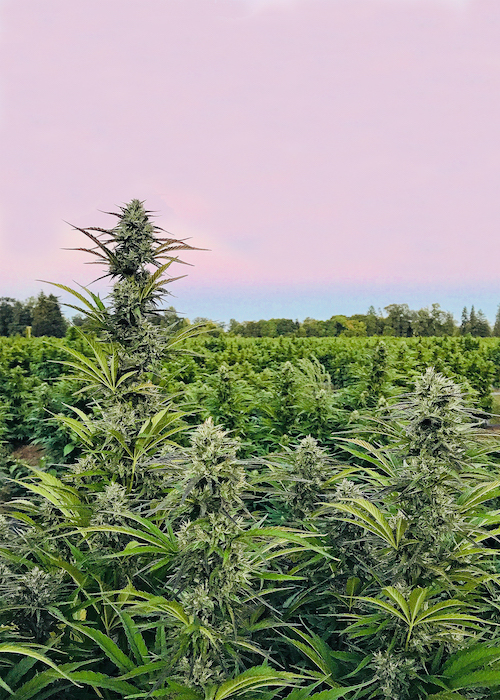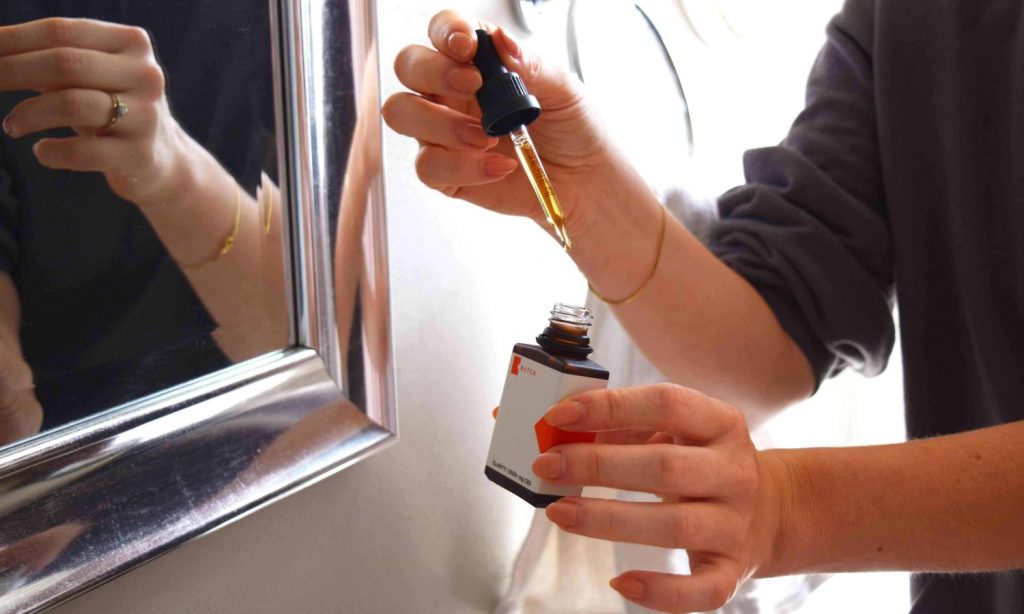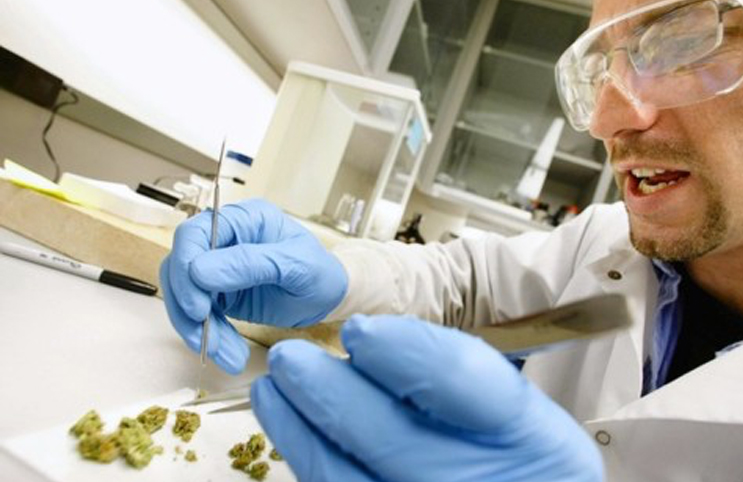More and more countries have been loosening their policies when it comes to the non-psychoactive component of cannabis – CBD (cannabidiol). With a new amendment waiting for final approval, Israel says CBD is not dangerous, and is expected next week to remove it from its Dangerous Drugs Ordinance.
It’s holiday season, and that means only one thing: gifts! Check out the best Delta-8 THC deals for you and everyone you love.
When it comes to cannabis, Israel is not the most lax country when it comes to regulation. However, this undermines the fact that Israel is about the most far ahead when it comes to medical research concerning cannabis. With the help of Raphael Mechoulam, whose work was roundly ignored for decades, and who in the more recent environment of cannabis acceptance has now been lauded for his work, Israel has been the world leader in cannabis research. This did not stop the drug from being completely illegal recreationally, with no personal use laws until only the last couple years. Now, in a move that shows its ready to play catch-up for real, Israel not only is discussing plans for a recreational legalization, but is set to remove CBD from its list of dangerous drugs, with the expectation that CBD products will soon be lining supermarket shelves.
Current Israeli cannabis laws
Israel only instituted a decriminalization policy for cannabis in 2019, which affords personal use rights for small amounts in the home. The term ‘small amounts’ was defined by the Anti-Drug Authority as 15 grams. Public use and possession still results in a fine of 1000 NIS, or $307 (by today’s conversion), though this is a vast improvement from what it was before, when offenders could be required to pay as much as 226,000 NIS, or $69,479 (by today’s conversion). The 1000 NIS is just for a first offense, and doubles with the second offence, and turns into a criminal act on the third. This comes with the loss of a drivers’ license and/or gun as well. Minors under the age of 18 who reject a treatment program when caught, can still be subjected to jail time.
Like pretty much anywhere in the world, selling and supply crimes are illegal, and offenders can find themselves with 20-year prison sentences. This can be increased to 25 years in the case of extenuating circumstances, like selling to a minor. Cultivation is technically illegal, but also seems to fall into gray area. According to the Dangerous Drugs Ordinance, growing can carry up to 20 years. In 2017, the publication Cannabis made public that there had been an order issued which stated that growing small amounts for personal use would only be seen as a minor violation. This was meant to be a way to separate large-scale, and small-scale growers. However, this order was obviously never meant to be public, and when Cannabis put out the news, the response from law enforcement was that no change had legally been made.









